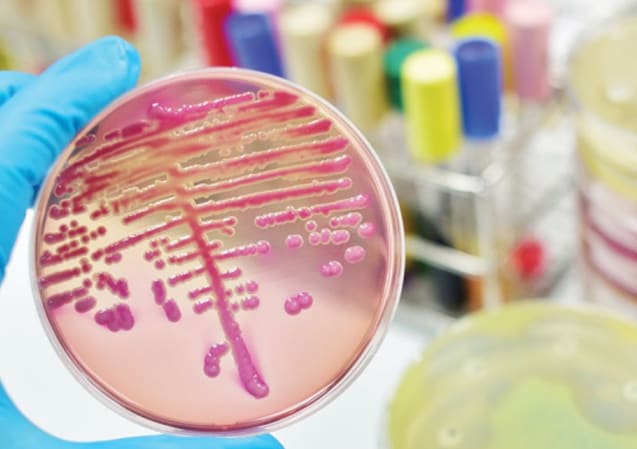Triple-Threat Lab Test Simplifies Disease Detection

Before the current Zika outbreak – in 2015 – CDC had already begun developing the Trioplex Real-time RT-PCR (rRT-PCR) Assay. The Trioplex allows labs to detect three viruses at once: chikungunya, dengue, and Zika. These viruses often occur in the same areas, are carried by the same mosquito, and cause similar symptoms in patients.
Scientists working on the test anticipated a multi-year process of development, testing, and approval. But when Zika emerged as a public health emergency, they needed to accelerate the timeline.
The scientific team responding to Zika in Puerto Rico worked overtime to speed up the development and approval process to meet the needs of the outbreak. Combining three tests into one was challenging. They had to make sure that the tests for Zika, dengue, and chikungunya had the same success rate for correctly identifying each infection when combined into a single test.
Once the test was developed, scientists needed to fast-track the process of getting the Trioplex into labs. CDC’s Laboratory Response Network (LRN) worked closely with the U.S. Food and Drug Administration (FDA) to obtain an Emergency Use Authorization (EUA) to allow the test to be used immediately. The EUA was received in March 2016. The test was distributed across the United States through the LRN. The LRN also provided test panels to verify that labs could accurately use the test. No FDA-cleared diagnostic tests for Zika existed before the outbreak. The Trioplex assay is a critical tool in the fight against Zika.